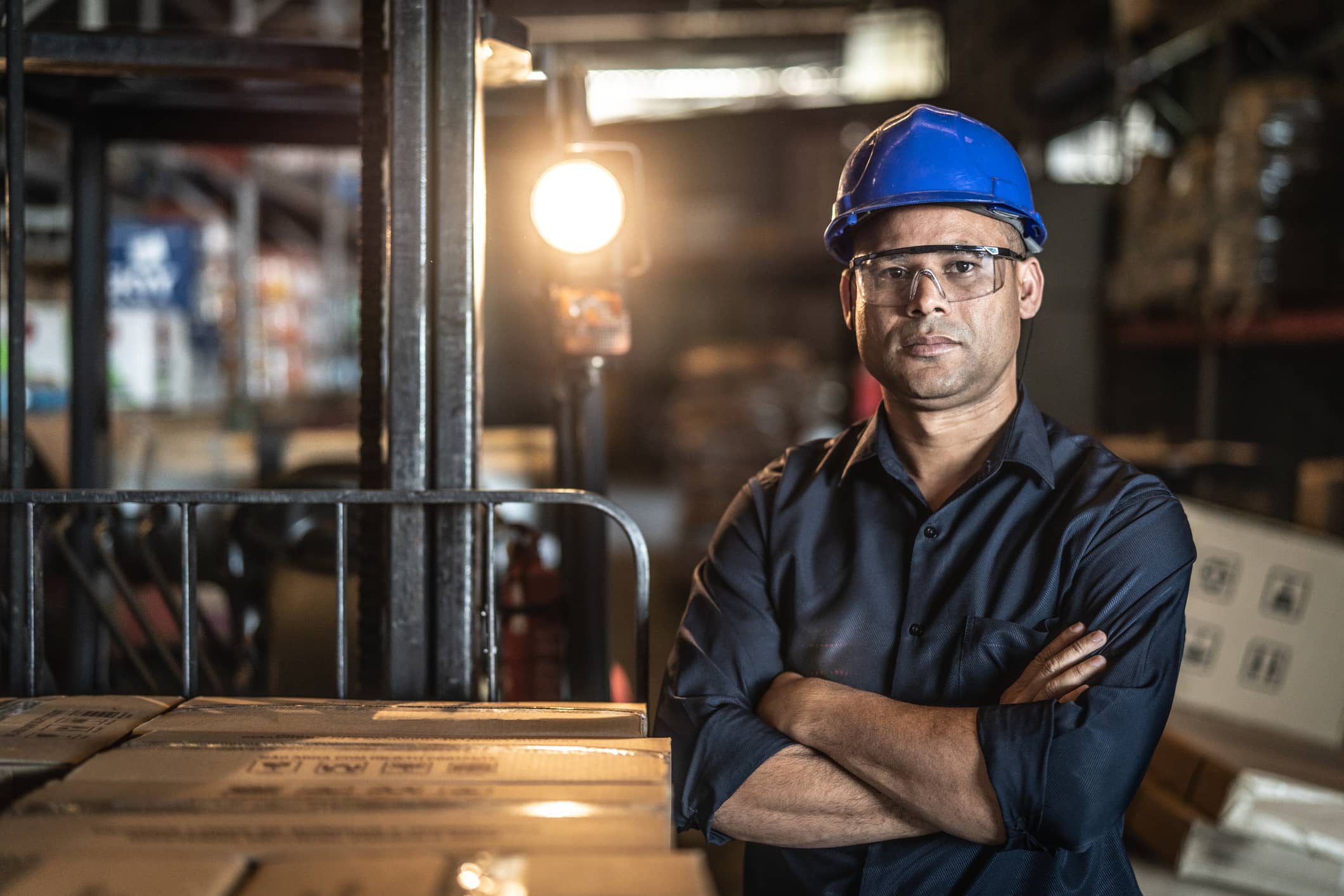Australia records 194 deaths at work in 2020
Published on Posted onWork-related deaths halve in 13 years, SafeWork Australia reports
Safe Work Australia recently released their annual report on workplace fatalities in 2020 which captures all workers and bystanders injured at work.
For the purposes of the report findings workplace fatalities include:
- Workers who’ve died regardless of their employment type; and
- Persons who have died because of someone else’s work activity (bystander fatalities).
Do not include:
- Workers who have died due to medical intervention;
- Natural causes like heart attack/stroke (except where a work-related injury was a direct cause);
- Diseases like cancer or COVID-19;
- Self-inflicted injuries; and
- Commuting to/from work.
While no workplace fatality or workplace injury should be considered acceptable, the encouraging news is that workplace fatalities have decreased significantly over the last decade.
To be specific, the number of deaths because of work dropped 25 per cent in 10 years, and 50 per cent since 2007.
Safe Work Australia Work-Related Traumatic Injuries Report 2020
There were a total of 194 workplace fatalities in 2020. This equates to 1.5 deaths per 100,000 workers in Australia.
By gender
There were 186 male fatalities (96%), and 8 female fatalities (4%) in 2020. Men are much more likely to die from a work-related death at a rate of 2.8 per 100,000, compared to women’s death rate of 0.1.
By location
Fatalities were recorded across Australia, with the highest numbers reported in NSW, VIC, and QLD.
By age
Consistent with the previous five years, workers aged 55-64 years experienced the most number deaths at work in 2020 (with a fatality rate of 2.9) but the 65 & over age group had the highest fatality rate at 5.3 fatalities per 100,000 workers. The youngest age group (Under 25) had a considerable drop in fatalities for 2020 with the rate halving to 0.4 per 100,000 workers.
By type of traumatic incident
The type (or mechanism) of traumatic incident refers to the overall circumstances that resulted in the workplace fatality. Analysis of the mechanism of fatality found a significant amount (65%) were by vehicle collisions (41%), being hit by moving objects (13%) and falls from a height (11%).
Vehicle collisions occur where an occupant of the vehicle is killed after a collision with a vehicle or stationary object, and being hit by moving objects include where pedestrians are hit by vehicles, or other moving equipment or objects.
Other mechanisms include being hit by falling objects (9%), being trapped between stationary and moving objects (6%), being trapped by moving machinery (7%), contact with electricity (4%), rollover of a non-road vehicle (3%), drowning (1%), slide or cave-in (1%), being hit by an animal (2%), and other (4%).
By industry
Just three industries make up over two thirds of the fatalities across industries: transport, postal and warehousing (49 fatalities, 25%), agriculture, forestry and fishing (46 fatalities, 24%), and construction (36 fatalities, 18%).
By occupation
Analysis of deaths by occupation show that machine operators and drivers had the highest proportion of fatalities (35%) in 2020, of which the majority were road or rail drivers. Labourers follow with 21% of fatality, and then managers (18%), who were mainly farmers and farm managers. Machine operator deaths have remained consistent with the five year average, however the 2020 fatalities of Managers is 35% higher than the five year average.
Safe Work Australia also assessed gig workers since 2019. They identified nine male gig workers between 25 and 44 years, who died working for food delivery platforms, all of which were on either a scooter, pushbike, or motorbike.
Effects of COVID-19 on the data
It’s important to recognise that the COVID-19 pandemic may have had an impact on the working arrangements during 2020. At the beginning of the pandemic in Australia, in the quarter leading up to June 2020, economic activity suddenly dropped by 7%, after numerous years of continuous growth for 2013-2019.
Many industries were particularly affected by the COVID-19 restrictions, specifically accommodation and food services, art and recreation services, and forestry and fishing industries. On the other hand, the mining and healthcare and social assistance industries had an increase in economic activity.
Another consequence of the pandemic was the introduction of Job Keeper payments. Those that were receiving payments under the Job Keeper scheme are included in the calculation of workers “employed” in the field. Safe Work Australia estimates that the rates of fatalities per 100,000 workers may be an underestimation of the level of risk of injury/fatality to workers, because there were a number of workers receiving Job Keeper payments who may not have actually been working at the time. The amount of underestimation will differ between industries depending on how they were affected.

